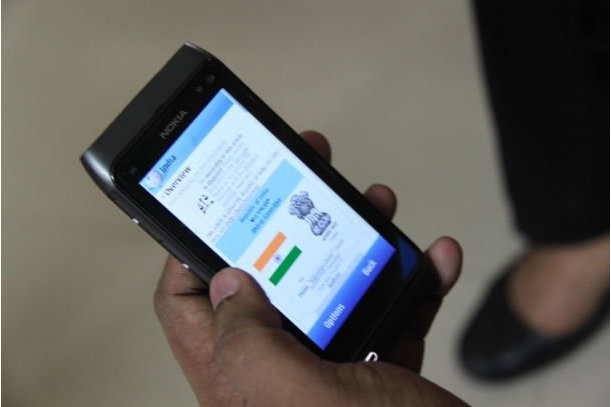Latest News
Mobile industry accounts for 8.7% of West Africa’s GDP – GSMA report

News Highlight
The West African mobile ecosystem generated $52 billion in 2018, according to a new GSMA report.
A new report by the Groupe Spéciale Mobile Association (GSMA) has shown that West African mobile ecosystem generated $52 billion in 2018, the equivalent of 8.7 per cent of the region’s Gross Domestic Product (GDP). The report, titled, “The Mobile Economy, West Africa 2019,” was released today at the 2019 Mobile 360 – West Africa event being held in Abidjan, Côte d’Ivoire.
The event, scheduled for April 16-17, 2019, is themed: “Rise of the Digital Citizen.” According to the GSMA report, the West African mobile ecosystem directly employs up to 200,000 people, supports 800,000 jobs in the informal sector and another 600,000 jobs across the wider economy. By 2023, the mobile ecosystem is expected to generate about $70 billion, an equivalent of 9.5 per cent of the GDP in West Africa.
“This report underlines the vital role the mobile ecosystem is playing in contributing to economic growth, social development and job creation across West Africa,” said Akinwale Goodluck, GSMA’s Head of Sub-Saharan Africa.
The report also reveals that 3G will overtake 2G to become the leading mobile technology in West Africa in 2019, accounting for 49 per cent of total connections by the end of the year. 4G is also building momentum, with 10 new 4G networks launched in the past 12 months in West Africa, including the first-ever 4G networks in Burkina Faso, Sierra Leone and Togo. 4G adoption is expected to rise to 17 per cent by 2025 from 4 per cent in 2018. It will become the second-most-prominent mobile technology in West Africa ahead of the 2G network.
The report notes that the sluggish uptake of 4G is due to delays in assigning 4G spectrum to service providers. This is now changing as governments across the sub-region move to make sub-1 GHz spectrum available to mobile operators. In the next two years, local mobile operators are expected to spend up to $8.5 billion on network infrastructure and services.
The number of unique mobile subscribers across West Africa, according to the report, reached 185 million at the end of 2018, equivalent to 48 per cent of the region’s population. This number is projected to rise to 248 million by 2025. This subscribers’ growth will largely be driven by young consumers owning a mobile phone for the first time as more than 40 per cent of the region’s population are under 18 years old.
“To harness the power of a new generation of mobile users and mobile networks, we urge governments and policymakers in West Africa to develop regulatory frameworks that encourage innovation and investment in the sector, enabling the provision of mobile-powered digital services to citizens across the region,” Goodluck said.
According to the GSMA, mobile is the primary platform for accessing the internet in West Africa. At the end of 2018, there were about 100 million mobile internet users in the region, indicating an increase of 19 million users over the previous year.
Founded in 1995 and headquartered in London, GSMA represents the interests of mobile operators worldwide, uniting more than 750 operators and nearly 400 companies in the broader mobile ecosystem, including handset and device manufacturers, software companies, internet companies as well as organisations in adjacent industry sectors.
Related News
Latest Blogs
- What is most important for Nigeria in 2026
- Restoring asset declaration as a tool of public accountability
- Tackling antibiotic resistance through safer food systems
- Big government, little governance
- What will matter in Nigeria in 2026
Most Popular News
- NDIC pledges support towards financial system stability
- Pan-African nonprofit appoints Newman as Advisory and Executive Boards Chair
- Artificial intelligence can help to reduce youth unemployment in Africa – ...
- World Bank approves $500m loan for small businesses in Nigeria
- UN adopts new consumer product safety principles
- AfDB mobilises $11 billion for investment-led development







